CONTENTS
How the Western Powers Paved Hitlers Road to War
Europe, 19361939
Between a Hard Place and Another Even Harder Place
Poland, September 1939
The Silent Catastrophe of the Sitzkrieg
October 1939April 1940
Blitzkrieg in the North
Scandinavia, AprilJune 1940
Invading Norway
April 1940
The Blitzkrieg Comes of Age
France, MayJune 1940
One That Got Away
Dunkirk, MayJune 1940
Sure, Have the Uncommitted Run German Military Intelligence
Germany, 19351945
Weve Almost Won, So Lets Change the Plan!
The Battle of Britain, AugustSeptember 1940
Sacrificing Africa and Greece
September 1940April 1941
Good Ideas Turn into Dead Ends
April 1941December 1944
The Battle of Crete
Eastern Mediterranean, May 1941
Germany Wont Attack Us!
Moscow, Summer 1941
Battle of Moscow
September 1941January 1942
The Not-So-Master Race Declares War
Berlin, December 1941
Battle of Stalingrad
Russia, August 1942February 1943
Marshal Georgi Zhukov Loses a Battle and the Soviets Cover It Up
Russia, the Rzhev Salient, NovemberDecember 1942
Battle of Kasserine Pass
Tunisia, February 1943
The Battle of Kursk
Russia, July 1943
Raids on Ploesti and Schweinfurt
August 1943 and October 1943
Battle of Ortona
Italy, December 1943
Nothing Goes Right in Italy
September 1943 and June 1944
Crossing the Rapido River
Italy, January 1944
Operations at Anzio
JanuaryMay 1944
The Bomber Will Screw Up Most of the Time
February 1944 and July 1944
The Battle of the D-day Beaches
Normandy, France, June 1944
Battle of Normandy
France, JuneJuly 1944
The Gap at Falaise
France, August 1944
The Battle of Arnhem
Netherlands, September 1944
Battle of Huertgen Forest
SeptemberNovember 1944
Caught Napping, or Hitlers Greatest Gamble
Allied and Axis Intelligence Failures at the Battle of the Bulge,
1944
The Wehrmachts Last Gasp
Belgium, December 1944January 1945
The Hand of God Protects the Fhrer
Germany, 19331945
Who Is Waiting in the FBI Headquarters Lobby?
Washington, D.C., December 1941
Aryan Competition Breeds Nazi Contempt
Germany, 19391945
United States Intelligence Failures
Europe, 19411944
Luftwaffe Pilot Training
Germany, 19391945
Tanks for the Memories
World War lls Best and Worst Tanks
The Story of the Messerschmitt 262
Germany, 19441945
T here had never been a war on the scale of World War II. The sheer size of the conflict, and even the immense scope of the extended battlefields, multiplied the effects of both brilliant and bad decisions. With millions of men attacking in a Russian offensive or thousands of aircraft dueling in the skies over Europe, every key decision had important consequences.
In this book you will find a collection of the mistakes made by the military and political leaders in the European Theater. Decisions, it should be understood, that were often made with limited information and little time. Some slowed victory, others ensured defeat. There is only so much space in a single volume, and literally millions of decisions were made in combat and by national leaders in the six years of war. We limited the scope of this book to presenting for you a range of important decisions that actually directly affected the Allied victory and Axis defeat. Although many other lost battles were just as significant, the battles included here had more immediate effects on the final result of the war. This means many bad decisions on both sidesdecisions that often lost thousands of liveswere not included. Hundreds of lost opportunities and what-if scenarios, prime examples being the botched attempts to assassinate Hitler, are not included. Each blunder in this book is in itself a significant and complicated event. If you find yourself interested in reading more about one there are entire books, occasionally libraries worth, on each mistake and battle. Many of these are firsthand accounts that can shed light into the thinking, or lack of it, that went into the decisions discussed here.
In 1941 the Axis controlled virtually all of continental Europe and in it an immense amount of manufacturing production and resources. The German army had easily overcome all opposition and its scientists had successfully developed both guided missiles and jets. Any leader, or even interested citizen, most certainly did not see the defeat of the Axis as inevitable or even likely. Yet a few years, and millions of casualties, later Adolf Hitler committed suicide as the Red Army approached his Berlin bunker. There is a military axiom that is really the basis for this book: In war, the side that makes the least mistakes wins.
Bill Fawcett
2010
BY DOUGLAS NILES
All that is necessary for the triumph of evil is that good men do nothing.
Edmund Burke
N othing can assuage the guilt of Adolf Hitler, the Nazi Party, and the millions of Germans who supported both for their role in historys march toward the massive calamity of World War II. Hitlers aggressiveness and his appeals to national pride were certainly part of the political rise that carried him to office when, at least nominally, Germany was still a democracyalbeit a dying one. His appeals to fear, his scapegoating of non-Aryan peoples (most notably the Jews), and his sneering taunts against his political foes all found willing ears. Crippled by the massively punitive Treaty of Versailles that had ended World War I, the German economy virtually moribund because of catastrophic inflation augmented by the worldwide Great Depression, many citizens of Germany embraced a vocal champion in the proud, nationalistic Hitler.
The Nazi leaders aims and intended methods were not a secret. As early as the 1920s he had laid out the key concept in his book, Mein Kampf: Germany needed room to grow in population and strength, room to farm and produce, room to mine and to harvest, for a vibrant nation with a mighty destiny. This space, called lebensraum, would have to come from other countries, countries that, most likely, lay to the east of Germany. He made the case that they were occupied by peoples of less-deserving ancestryindeed, such ancestry as to render them as somewhat subhuman when compared to the pure Aryan stock of the Teutonic ideal (of which stock, ironically enough, the Austrian Hitler was most definitely not).



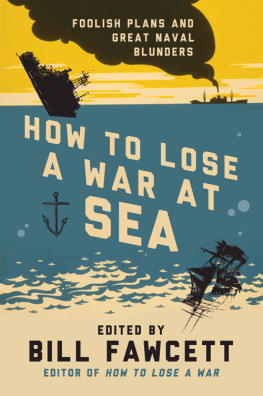
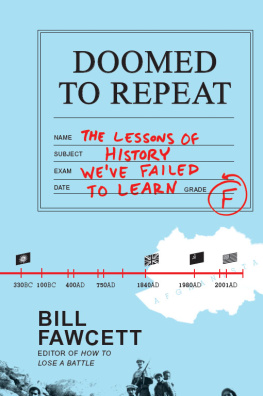

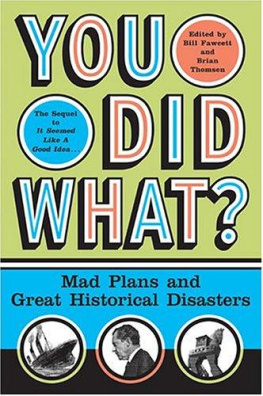
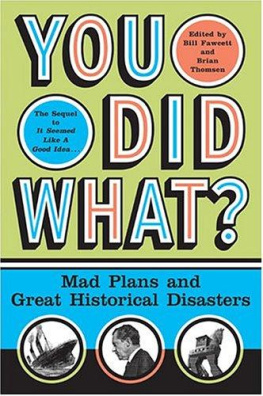
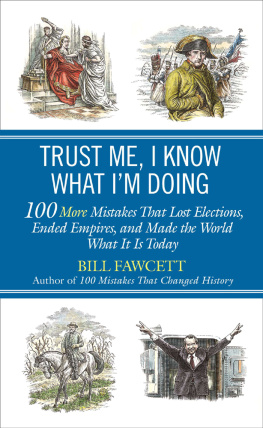


![Fawcett - How to lose the Civil War : [military mistakes of the War between the States]](/uploads/posts/book/92687/thumbs/fawcett-how-to-lose-the-civil-war-military.jpg)

